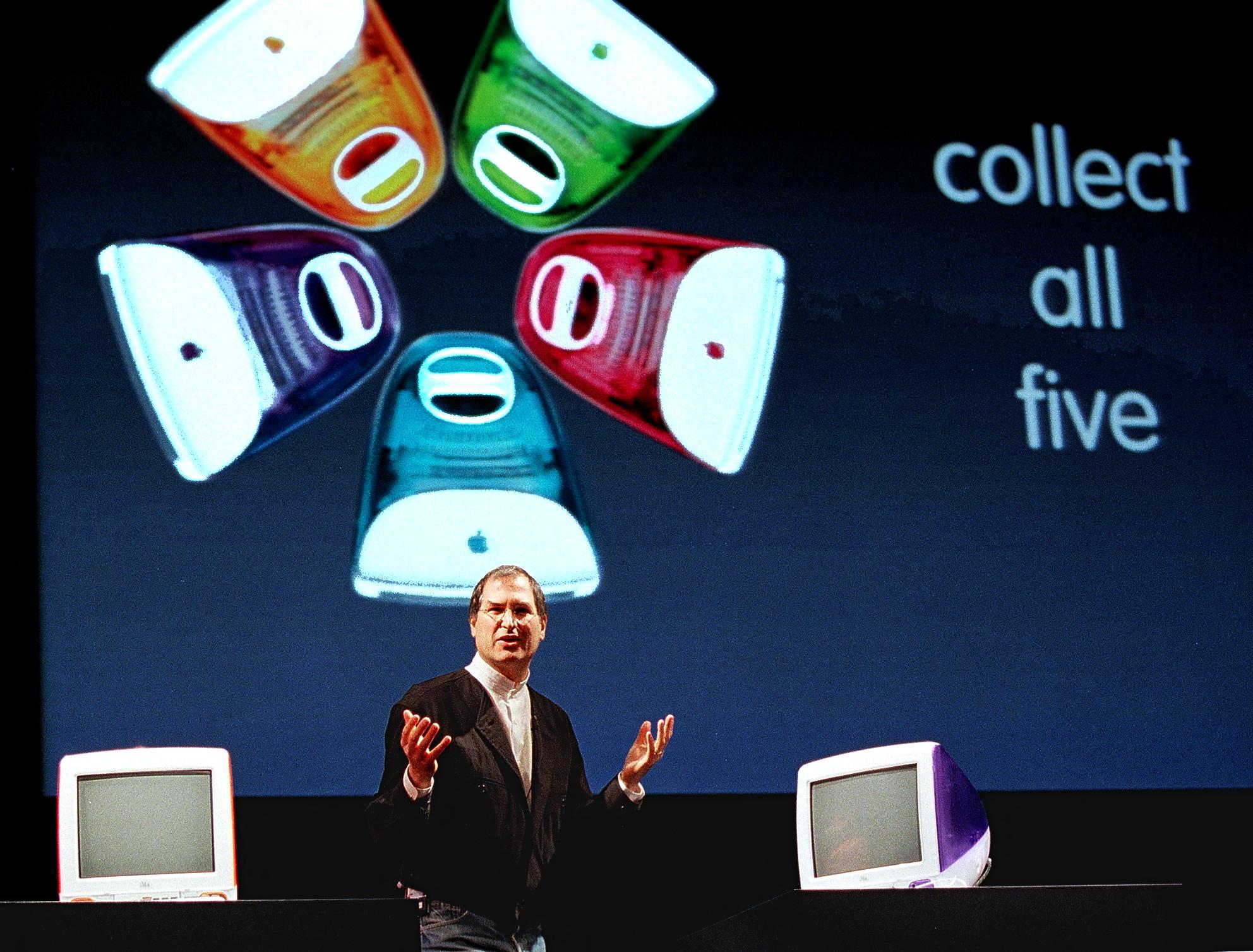Mac at 40: Apple celebrates birthday of the computer that helped make it the world’s biggest company
From beige to bright colours to sleek aluminium, the Mac has changed dramatically over the decades – but defied those who predicted its demise

Apple is celebrating the 40th birthday of arguably the first product that began its rise to the biggest public company in the world: the Macintosh.
In the 40 years since, the Mac has been entirely redesigned, as well as losing the latter two syllables of its name. What began as a beige, sharp box has since been redesigned in various forms including the laptop, and it has been at the heart of ideas about the future of computing.
But throughout the decades it has remained at the heart of Apple as it has grown. And even as it has been eclipsed by Apple’s other products – such as the iPhone and now the Vision Pro – its legacy lives on, in those products themselves.
As with so many of Apple’s products, the Mac wasn’t really the first to do anything in particular. There had been PCs before; it wasn’t even Apple’s first attempt, and had followed other similar but more expensive products such as the Apple II and Lisa.
And similar to other Apple products that would come later, it wasn’t necessarily clear at the beginning that it would go on to be such a success. At its launch, 40 years ago today, it was hailed as a breakthrough but nonetheless criticised for its lack of speed and other problems.
The Macintosh would go on to become the first major personal computer of its kind, however, popularising technology such as the graphical user interface. It sold well, and so did the products that followed, as the Mac was updated and gradually went from being a boxy beige cube to the colourful and rounded iMac and the portable power of the MacBook.
The date of the first Mac’s release – 24 January, 1984, was famous in part because it was included in one of the most famous ads ever. During the Super Bowl, two days earlier, Apple had run a 1984-themed ad that established the idea of the Mac as creative and counter-cultural – something still reflected in Apple’s marketing to this day.
“On January 24th, Apple Computer will introduce Macintosh,” the Ridley Scott-directed ad concludes. “And you’ll see why 1984 won’t be like 1984.”
That ad has since gone on to be celebrated and occasionally mocked. When Fortnite developer Epic Games began its campaign against Apple’s 30 per cent cut on purchases through the App Store, for instance, it mocked up a new version of the ad that suggested Apple had gone from being a counter-cultural pioneer to the exact powerful corporation it had once criticised.
Apple had certainly become far richer and more powerful than it was when the Mac launched. It sold tens of thousands of the original Macintosh in its first year; now, it sells millions of Macs each quarter.
There are far more options, too: from the relatively affordable MacBook Air to the powerful and pricey Mac Pro. Apple has undertaken major changes, including the switch to making its own chips under the Apple Silicon banner, a move that revitalised a business that many thought had been doomed to slowly slide away with the death of Macs.
As the Mac approaches its 40th birthday, both it and the company that made it are fundamentally changed from the small upstarts they were in 1984. But the computers themselves continue to go on – not just decades after they were launched, but many years after people started forecasting their demise.
Bookmark popover
Removed from bookmarks